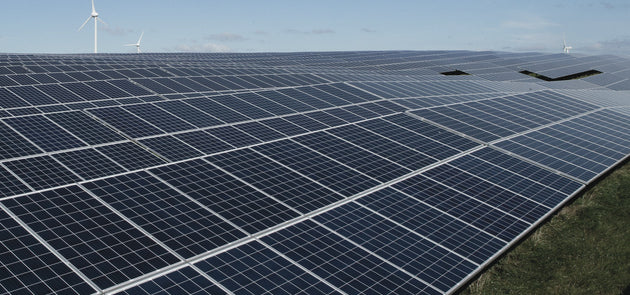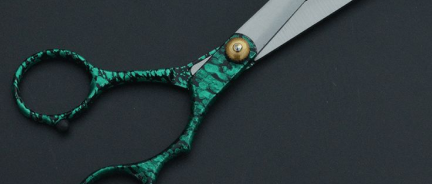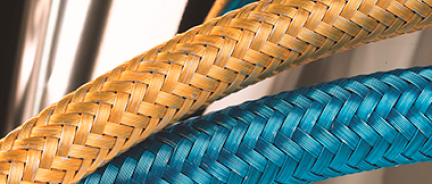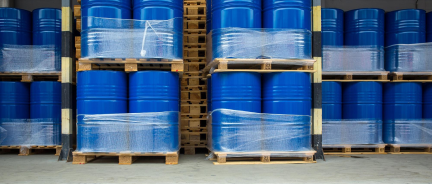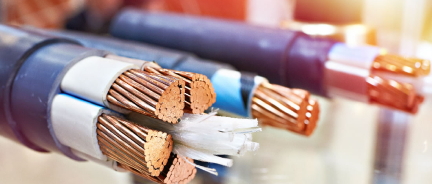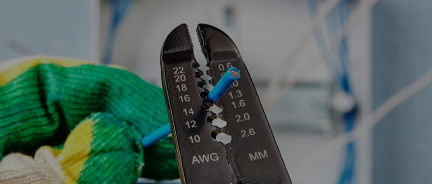Difference between the cables used in offshore and onshore wind farms

Wind farms are usually built in a similar way regardless of their location in the world. Wind farms consist of onshore and offshore systems — wind turbines onshore and transformers and transportation cables offshore. Turbines, in turn, consist of a generator located in the nacelle and a gearbox unless it's a gearless wind turbine.
Wind farm wiring
Since the wind turbine system consists of onshore and offshore installations, 2 kinds of cables need to be used — low- or medium voltage and high-voltage cables, respectively. These carry data, control signals and communication signals throughout the system to deliver electricity for further distribution.
Because of the specifics of the environments where the wiring for wind farms is installed, cables that are used need to have outstanding characteristics to perform well. That's why onshore and offshore wind farm cables are constructed to be flexible yet have good mechanical strength.
Besides, wind turbine system wiring can withstand extreme temperatures and is resistant to oils, abrasion, ozone and UV. These are also often low-smoke and halogen-free.
Onshore wind farms
Onshore wind sites imply turbines located outside. Usually, onshore wind turbines are installed in rows and connected using inter-array wiring. Electricity travels from the turbine to the grid (or the substation) through this wiring.
Inter-array wiring is also called inter-turbine wiring and is designed to meet the conditions of the outside environment, including ground installations, and turbine technology. In particular, the cables are installed between neighboring turbines, at the same distance from each one.
Eventually, the wires create a collection circuit, which is also called a string, that feeds the substation. Each cable is rated at 30-36 kV, while each string is rated at 30MW or less to handle the system performance.
Nassau National Cable offers a variety of MEDIUM VOLTAGE POWER CABLES that are suitable for onshore wind farm systems, like the following:
- 25KV / 35KV MEDIUM VOLTAGE POWER CABLE
- H07BN4-F BARE COPPER +90º C WIND AND TORSION MULTI-CORE CABLE
Offshore wind farms
Offshore wind farms operate with no obstacles and run at higher speeds. The onshore grid, or the substation, is connected to an offshore transformer via a sea cable. They can be connected via either direct current or alternating current wiring.
Sometimes, the distance to be covered with wiring can be quite long. This is when high-voltage direct current (HVDC) transformer stations are installed for electricity transmission to the shore. To ensure safe functioning of the wiring, it is usually buried around 3 meters under the ocean floor.
The wiring for offshore wind installations is rated between 100 and 220 kV. The buried offshore cables are organized in export circuits, which are, in turn, rated 150 to 200 MW.
Nassau Cable has a wide selection of wiring that meets the needs of offshore wind farming systems, including the following collections:
Buying electrical cables for wind farms
With the variety of choices out there, it's easy to feel overwhelmed. If you need assistance finding suitable cables for your installation site, contact our support team to get more details on the options you're considering and decide which one is the right fit for you.




